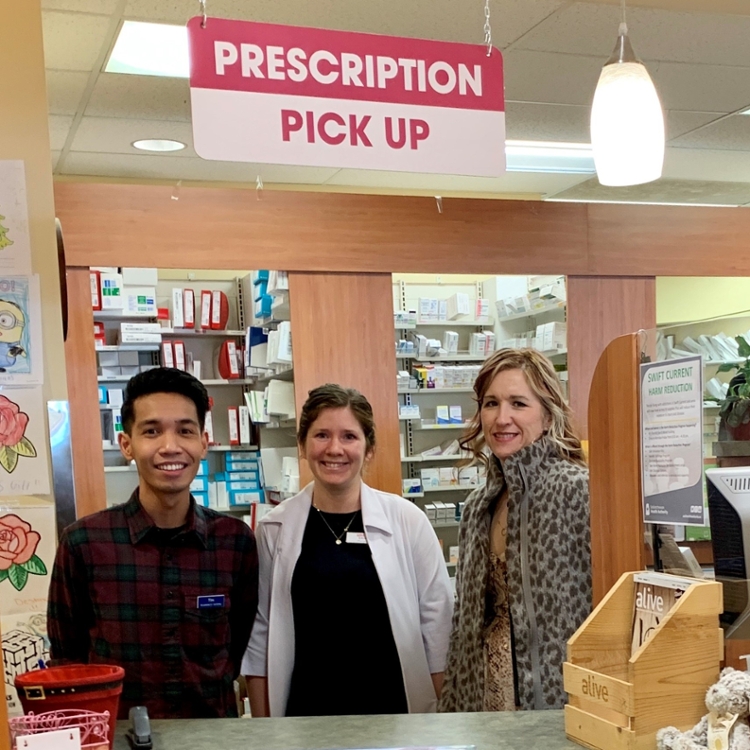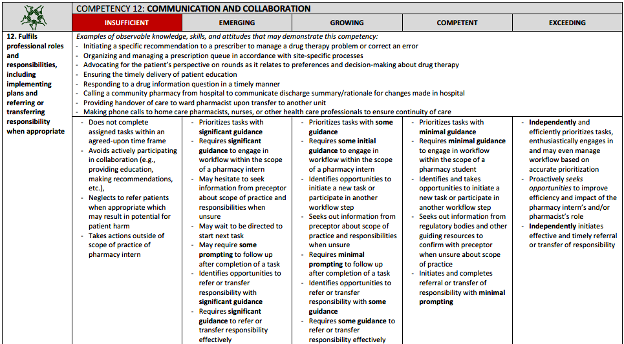
Elevating mentorship in higher education: The key to effective preceptor development
Discover the transformative impact of mentorship in higher education. Learn how effective preceptor development is key to nurturing future leaders and fostering academic excellence.
By Gwenna Moss Centre for Teaching and LearningMentors play an invaluable role in shaping the future of our students. The integration of preceptorship, and their input on assessment, in workplace learning is necessary to fully actualize experiential learning. Below is a summary of a conversation with Taylor Raiche, Experiential Learning Assessment and Program Development Specialist in the College of Pharmacy and Nutrition, providing crucial insights into the essence and importance of preceptor training for effective mentorship.
Key takeaways- Preceptors Play a Crucial Role in Professional Identity Formation
- Preceptor Supports Matter
- Clear Rubrics Help Everyone
- Balancing Consistency and Adaptability
Preceptorship is a mentorship model where experienced professionals, in their workplace context, guide students, offering a hands-on approach to learning. This model bridges theoretical knowledge and practical application, enabling students to actively engage in their field with expert support. Effective preceptor training is the cornerstone of successful mentorship. It ensures that experienced professionals are not just subject matter experts but also skilled mentors who can facilitate learning and professional growth, including professional identity formation, in students. Reciprocally, preceptors reflect on their own clinical skills, learn how to support other staff, and get to stay informed of the latest research and innovations from their students’ perspectives.
For the Doctor of Pharmacy (PharmD) program in particular, students have placements throughout, so the knowledge, skills, and attitudes of a fourth year student will be more robust and well-developed than those of a first year student. Thus, preceptors need to be able to discern between skill levels. Developing common understanding across practitioners about expectations is key to successful implementation of this placement program. The PharmD EL Team worked to develop rubrics specifically to show all preceptors what the throughline of learning was across competencies, but specifically broken down by stages of the program. The EL competencies are applicable to all practice sites. More about this further below.
Setting up preceptors for success requires that they be familiar with the college’s current learning requirements and expectations of students. They need to be brought up to speed relatively quickly while accommodating ongoing work life, so Taylor has created an asynchronous online training program for all preceptors to complete. This is supplemented by periodic synchronous gatherings for preceptors to help build inter-rater reliability and consensus amongst preceptors of what good looks like.
Taylor emphasizes the importance of designing effective rubrics for all parties involved with placements. For preceptors to adopt the rubrics, they needed clear objectives to help with consistency and fairness. For students, they need to understand which stage of development is appropriate from first through their last year of study – as a beginning pharmacist, their abilities should be foundational, and there are also aspirational criteria to which they can work towards, but this is not expected by the end of the program.
This standardized approach to evaluation across various evaluators and placements was necessary for the PharmD EL Office to oversee the entire cohort. However, flexibility and adaptability were also crucial elements, allowing rubrics to be tailored to different contexts, such as hospitals vs. community care, while maintaining specific, meaningful assessment criteria. Taylor and the EL team will continue to refine these rubrics with feedback from students, preceptors, and other stakeholders.
As preceptors and faculty become effective in the use of rubrics they help to ensure that there is a consistent and objective application of the criteria to help USask pharmacists to be what the world needs.

Title image credit: College of Pharmacy and Nutrition

